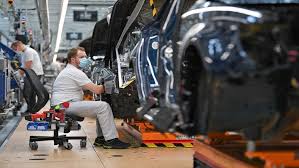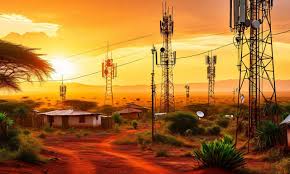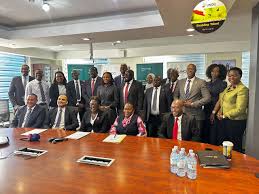At the Beijing International Automotive Exhibition 2024, major global car manufacturers proudly displayed their latest electric vehicles (EVs) — sleek, silent, and powerful.
But behind the bright lights and futuristic designs lies a growing concern: a looming shortage of rare earth minerals, most of which come from China.
Beijing has announced new export restrictions on rare earth materials, including neodymium and dysprosium, key elements used in EV motors, wind turbines, and other high-tech devices.
The new rules, set to take effect before the end of 2025, will require foreign companies to apply for special permits to import these materials.
China currently supplies over 80% of the world’s rare earths, giving it enormous influence over industries that rely on clean energy technology.
These new measures are part of China’s broader effort to protect domestic resources, tighten control over exports, and boost its own electric vehicle and defense industries.
Global car manufacturers — including General Motors, Toyota, Tesla, and Volkswagen — are now scrambling to find alternative sources or develop new technologies that can reduce their dependence on Chinese materials.
A senior executive from a European automaker told Reuters that the company was already redesigning its electric motor systems to use fewer rare earth components.
“We cannot afford to be caught off guard,” he said. “The clock is ticking, and supply chains are already tightening.”
Others are turning to recycling used magnets from old vehicles and electronics, while some are exploring rare earth deposits in Africa, Australia, and the United States.
Analysts say China’s move is not just about trade — it’s about geopolitical leverage. Rare earths are critical for making EV batteries, defense equipment, smartphones, and renewable energy systems.
Dr. Li Wen, a Beijing-based economist, explained that the policy gives China “a powerful economic and strategic advantage” at a time when tensions with Western countries remain high.
“Rare earths are China’s hidden weapon,” she said. “By controlling supply, China can influence industries that depend on clean technology.”
Countries like the United States, Japan, and Australia are investing heavily in rare earth mining projects and refining facilities to reduce dependence on China.
In Africa, nations such as Tanzania, Malawi, and Namibia are exploring partnerships to develop local rare earth industries — a move that could bring new investment but also environmental challenges.
The U.S. Department of Energy recently announced a $400 million program to fund research into rare earth alternatives and recycling technologies.
Mining and refining rare earths come with serious environmental costs, including toxic waste and water pollution. Experts warn that countries rushing to fill the supply gap must ensure responsible and sustainable mining practices.
At the same time, the uncertainty has driven up prices for rare earth materials, raising fears that the cost of electric vehicles could also rise.
“If supply remains tight, consumers will feel it in the showroom,” said market analyst Sarah Okello. “EV prices may not drop as quickly as expected.” For automakers, the race is now twofold: innovate and adapt.
Companies are experimenting with new magnet-free motor designs and battery systems that rely less on rare earths. But such changes take time — and the 2025 deadline is fast approaching.
Industry experts believe the next year will be crucial in determining whether global manufacturers can build more independent, resilient, and sustainable supply chains.



